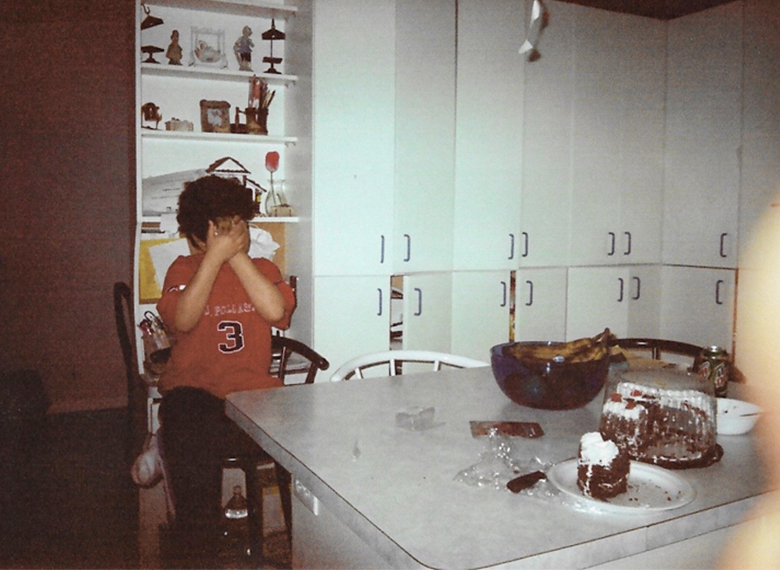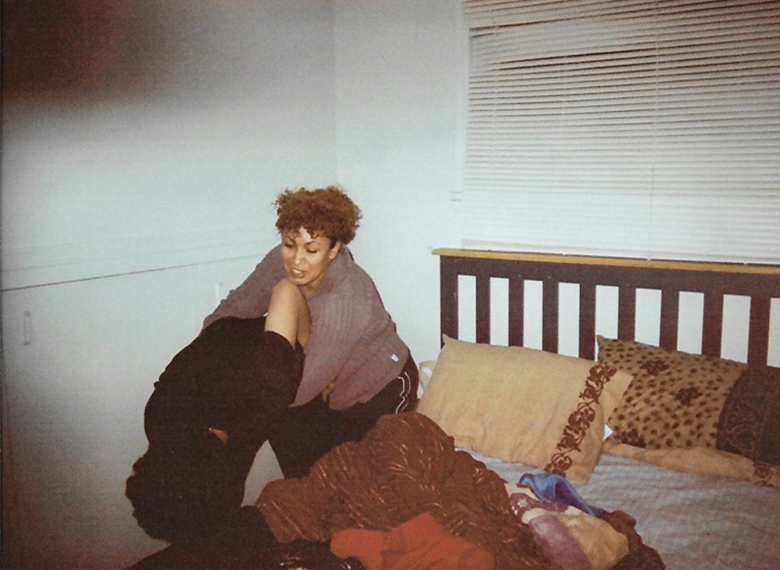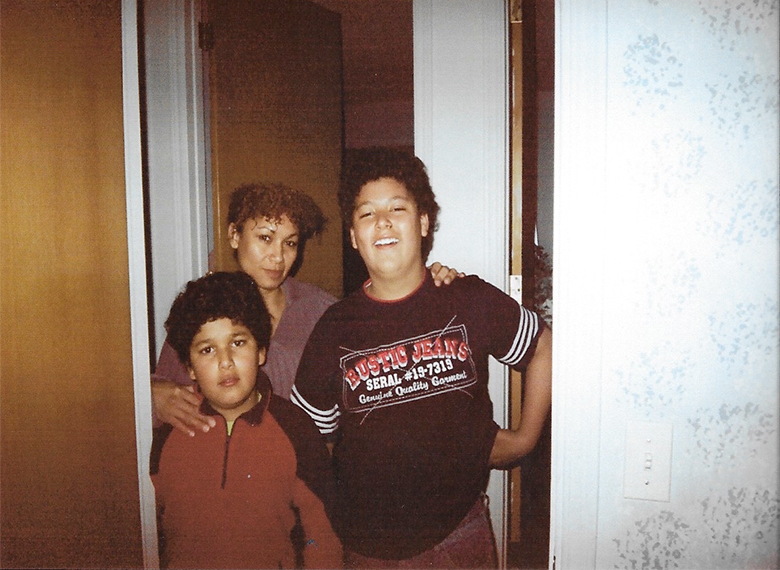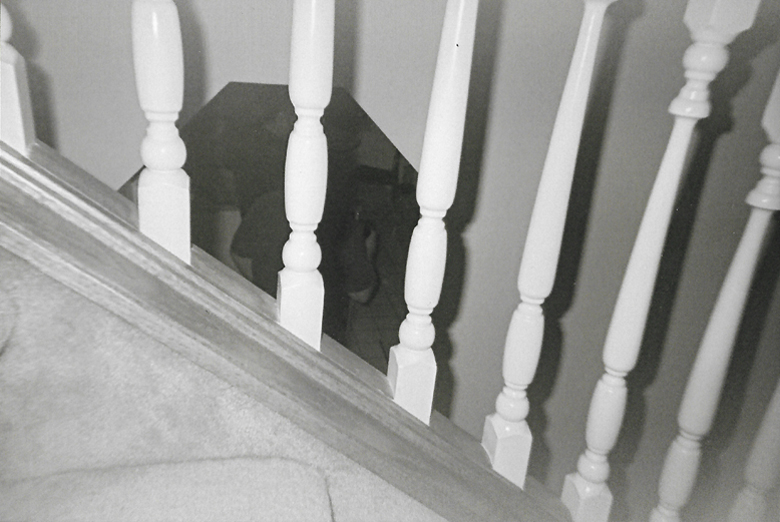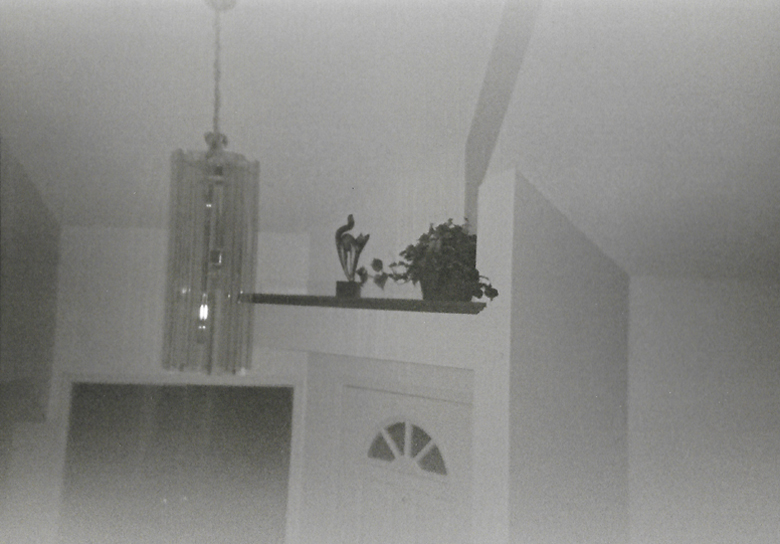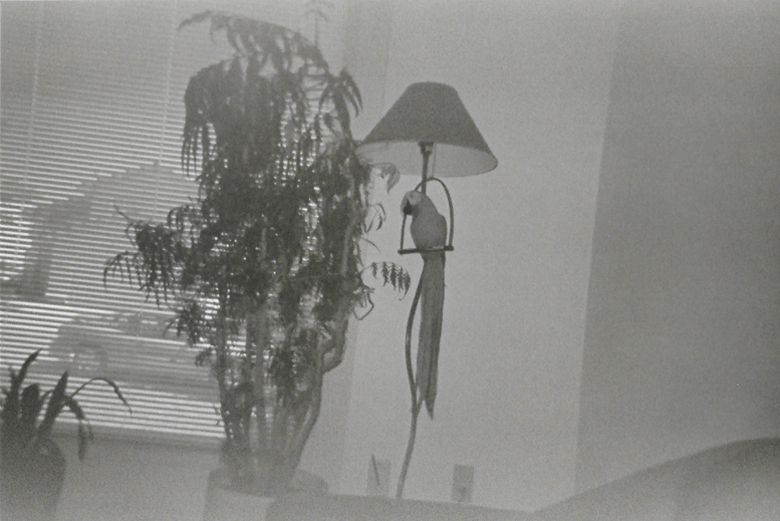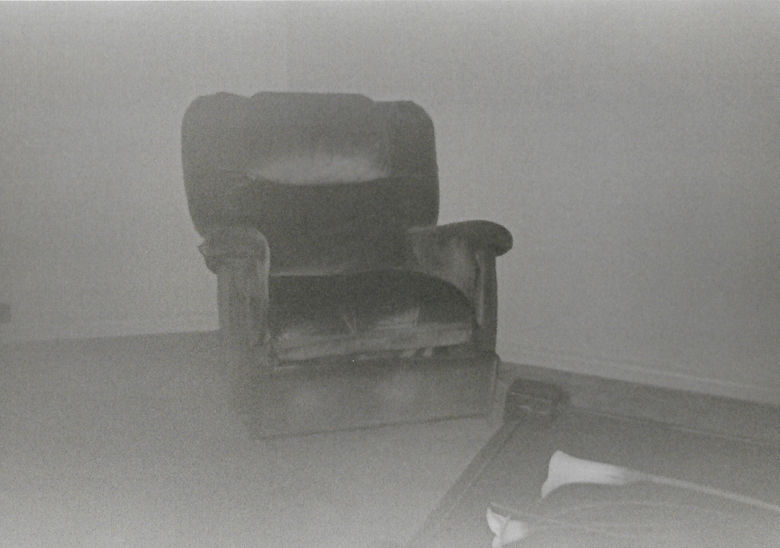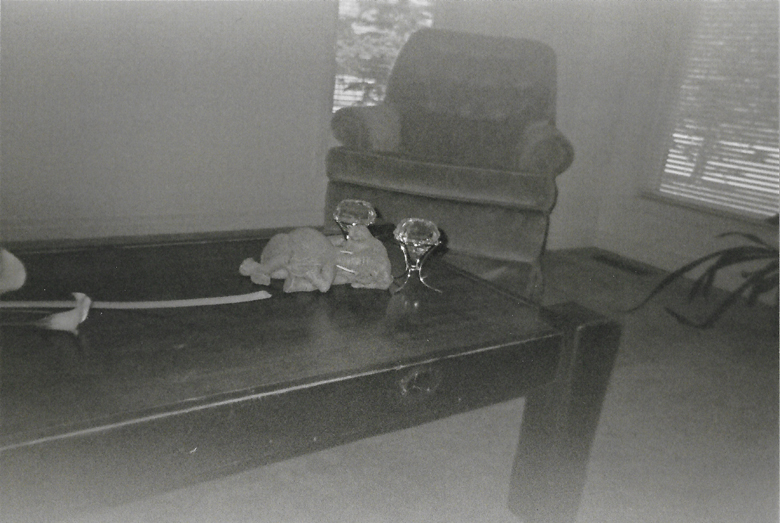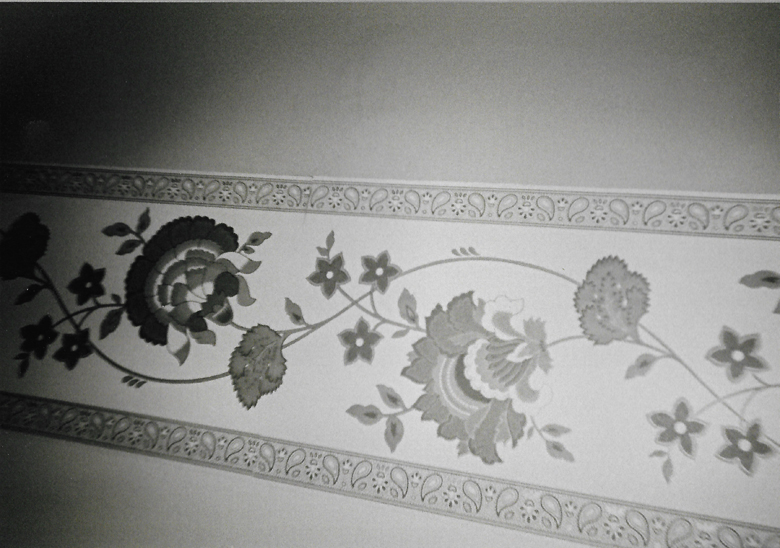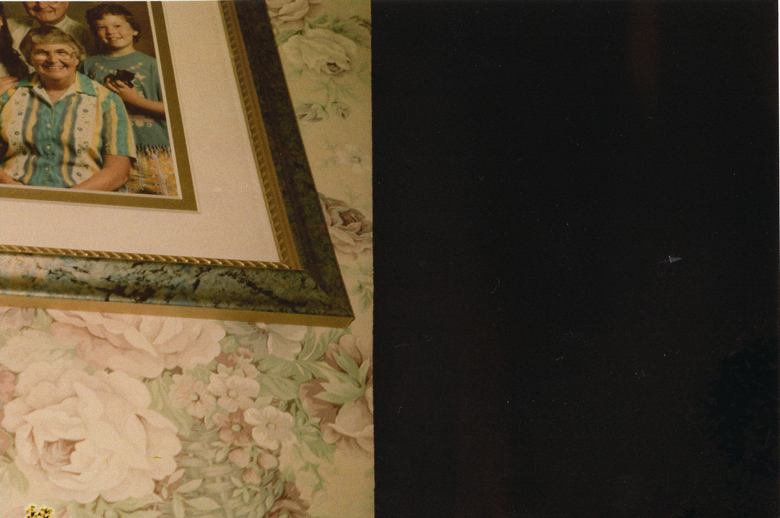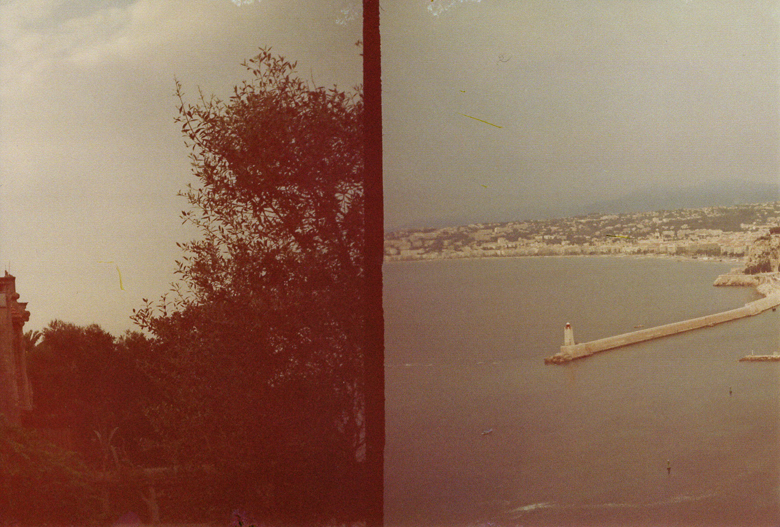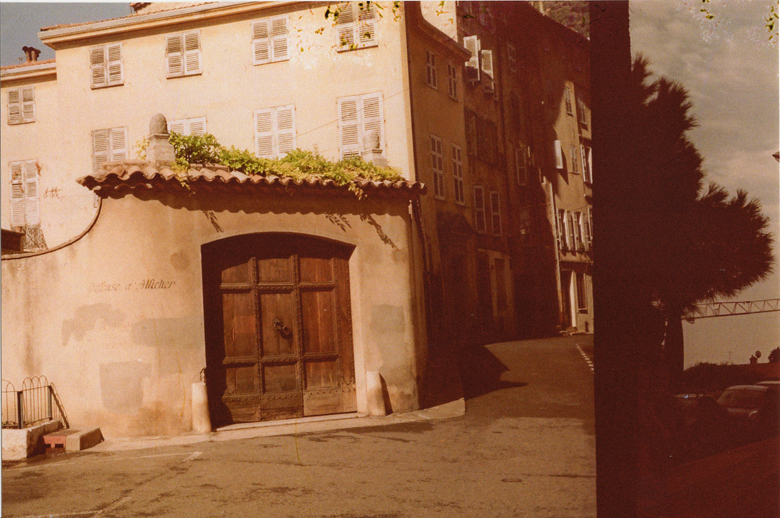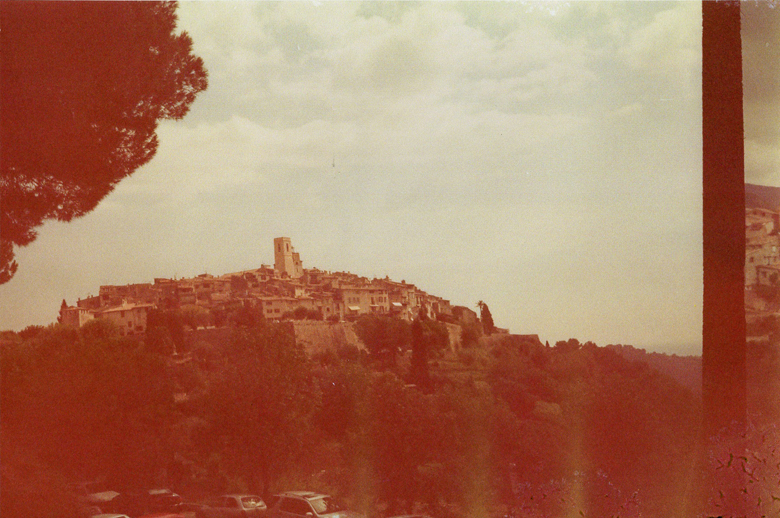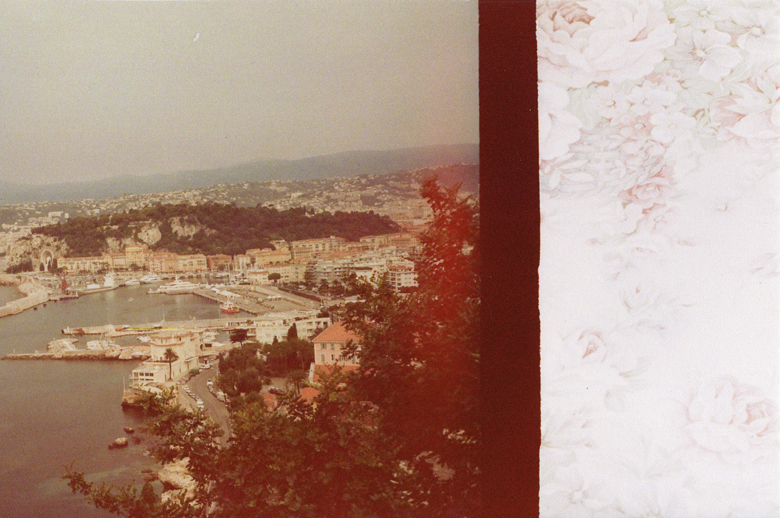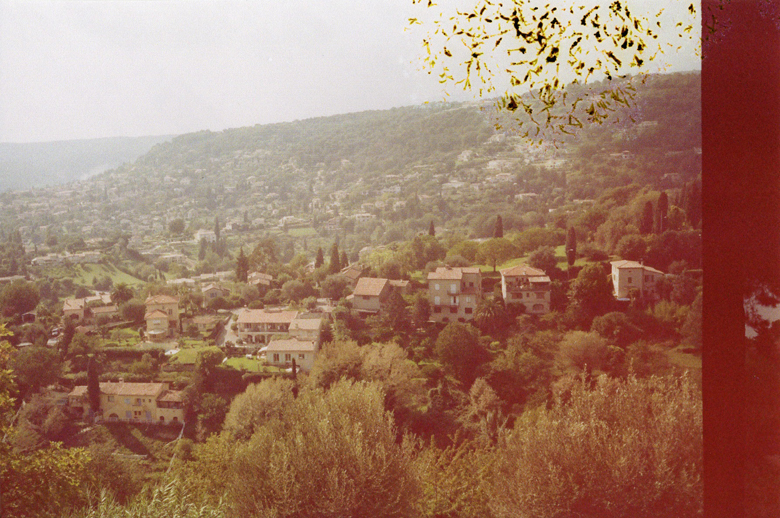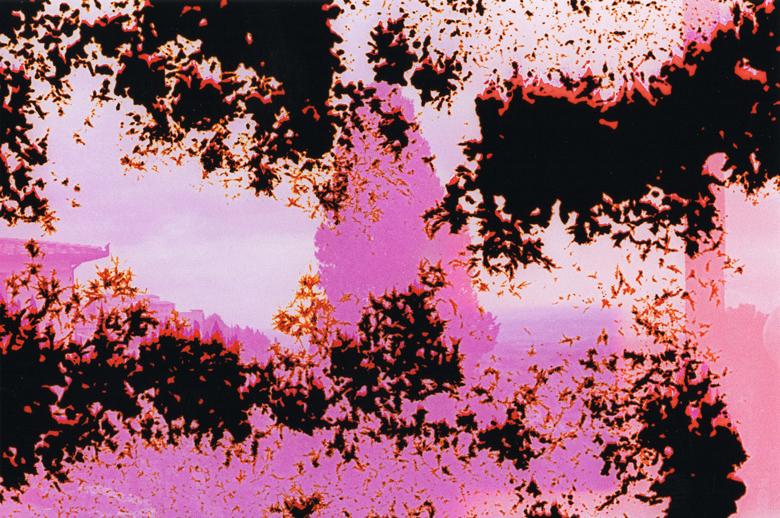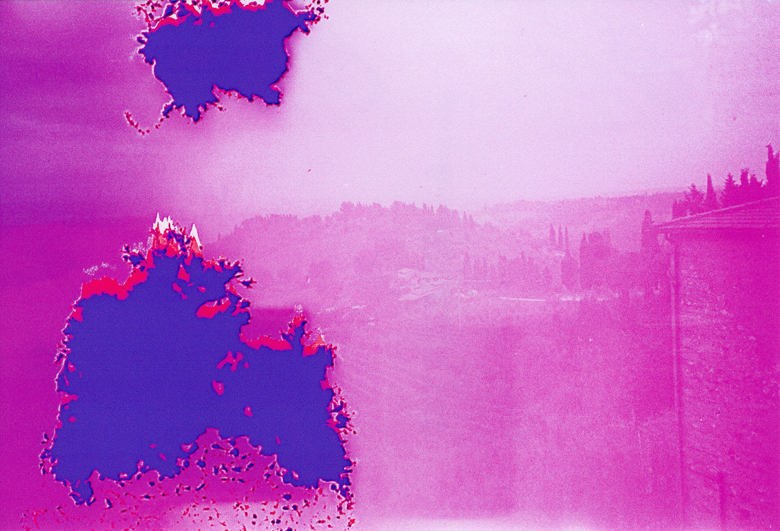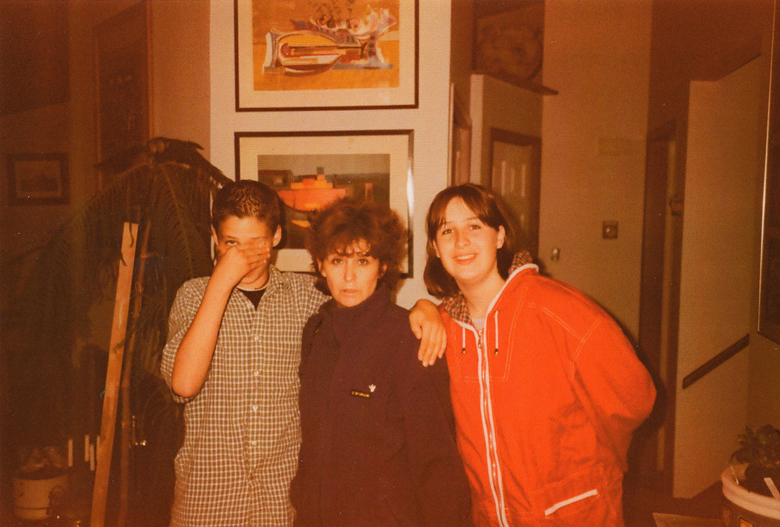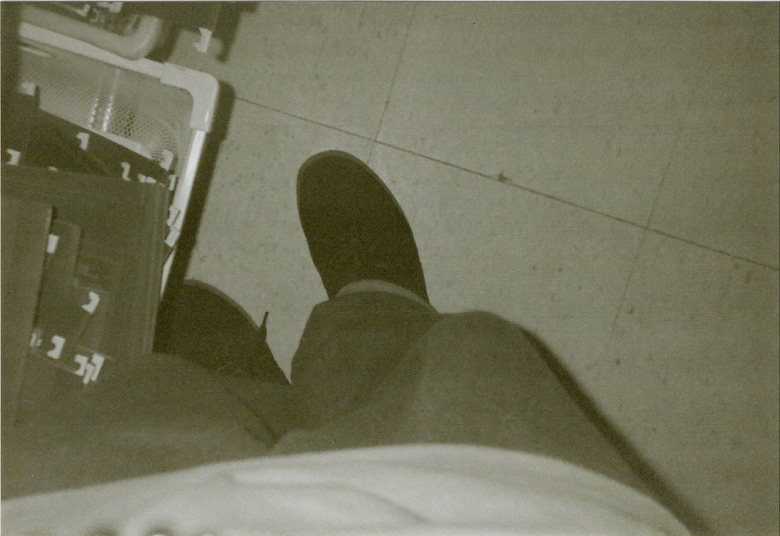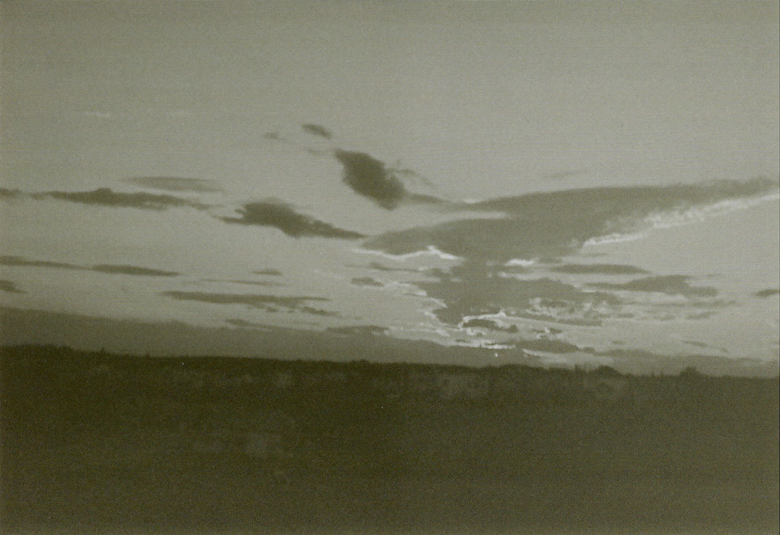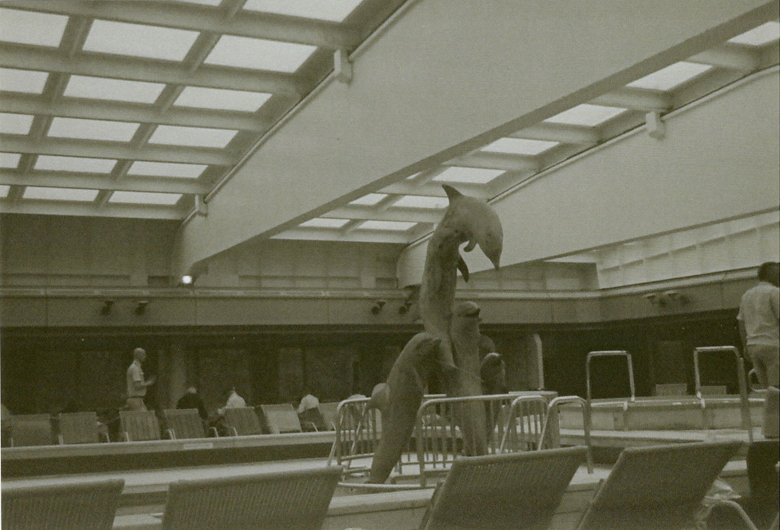I leaf through a shoebox of found photographs. Some are wrinkled, torn, impressed with marks and stains. Faces are saturated with excitement, apathy, and aloofness.Moments born of banality or compliance with the photographer’s intent shuffle together. The shoebox congeals as detritus of private and deeply personal, at times confessional, moments. A young boy, fatigued by his parents’ prompting, is memorialized in a classic coming-of-age pose. With intrigue and sadness, I realize these photos were and are destined to a kind of purgatory. Found strewn by the wind in alleyways, undeveloped old cameras, or tucked in dusty thrift store corners, these photographs are a worm’s-eye record of since-changed landscapes, and attestation to the complexity of human relationships. These are mysteries that must remain unsolved; vague memories that need not be absolute, they are distant yet familiar, and valid without expiry.
In an era defined by its self-consciousness, the contemporary image is clickbait, designed to appeal beyond local social communities to encapsulate a more global audience. Photographs distributed digitally often imply ‘perfection,’ social position, economic status, love life—more often our successes than strife, whether consciously or unconsciously. Digital images are designed largely for approval. This radical shift in our private to public sphere has infiltrated the very act of photo-taking as documentation, to photo-taking as campaigning. The photograph has become a prop for the construction of our identities more than ever before.
I realize these photos were and are destined to a kind of purgatory.
Declan Hoy’s shoebox is reminiscent of a time when photos were made for smaller and more private audiences. In many ways, Hoy comes to occupy something of an archivist and caretaker for these discarded and anonymous memories, and since-changed landscapes, a position he came into by accident. A photographer himself, he frequents thrift stores in search of old analogue cameras. At the project’s outset in 2015, he bought a camera with an undeveloped roll still in it, and developed it. He excavated a delicate and other realm, and hasn’t stopped investigating that realm since. Now, it is not uncommon for Hoy to take a handful of images, scan them, and upload them to Instagram, captioned with what—often small, isolated—town, alley, or garbage bin the forgotten album was found in. Through re-presenting them on social media, a platform often designed for photos-made-for-approval, Hoy juxtaposes the authentic with the postured. This informal way of archiving transforms the photographs into artifacts of geographic location.
I am drawn to one image in particular, the photographer of which appears not to be an amateur. There is a child, raising their hand to block the abrasiveness of a stark afternoon sunlight, while holding what looks like a maple cookie in the other hand. The child protects their face in what seems to be both defense against the intense glare, but also redolent of a kind of dysphoria. An older, kind hand is highlighted by the light yet their identity remains concealed by shadows. The hand seems to gently offer help while giving space, allowing for a moment of revelation. Somehow this simple moment foreshadows a possible future for the child, a pathos of struggle and peace. Conditions that cause joy and angst, or sorrow and relief, are represented in Hoy’s collection. Resurrected from sure death, these ‘bad,’ discarded, or forgotten images speak: many of the unique challenges we face individually are not as disparate or worthless as we may sometimes believe.
Find more from the artist’s found image collection @_0h_.


